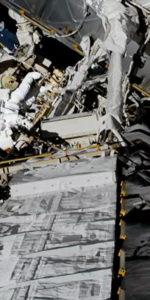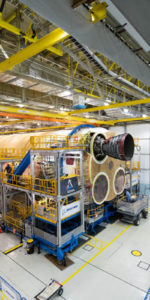
When the Galileo spacecraft drifted out of Space Shuttle Atlantis’ payload bay on the evening of 18 October 1989—30 years ago this week—to begin the first leg of its long voyage to Jupiter, the sight was a moving one for astronaut Shannon Lucid. As a Mission Specialist on STS-34, she was principally responsible for deploying one of the most important scientific payloads ever flown by the shuttle. Yet as Galileo and its attached Inertial Upper Stage (IUS) booster floated silently into the void, Lucid clearly saw the romance of adventure, manifested in the name Galileo in script letters and the initials of the space agency NASA in its now-defunct worm logo. In her mind, the two font types underscored the romance of adventure and exploration, juxtaposed against the engineering and scientific talent which brought Galileo from the drawing board to reality. Its journey to the launch pad had been a long and tortuous and its voyage to Jupiter would be longer and harder still.
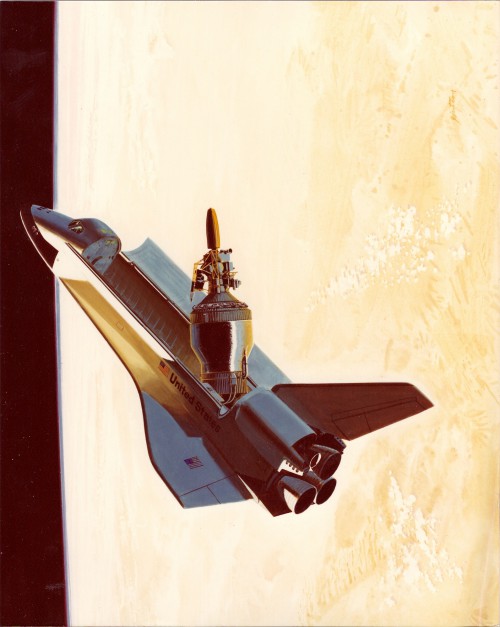
The mission began in the mid-1970s with the rather drab nomenclature of Jupiter Orbiter and Probe (JOP), but was soon named in honor of Galileo Galilei, whose telescopic observations in the early 17th century led to the detection of Jupiter’s four large moons—Ganymede, Callisto, Europa and Io—but whose proclamations in favor of a Sun-centered nature of the Universe led to his retirement under house arrest, courtesy of the notorious Roman Inquisition. The Galileo program received Congressional approval in October 1977 and was initially planned to fly aboard the shuttle in 1981. Unfortunately, delays getting the shuttle off the ground and the limited ability of the Boeing-built IUS to send Galileo en-route to Jupiter raised concern. Problems with certifying the shuttle’s engines to run at the 109-percent thrust level necessary to lift Galileo added to the uncertainty.
By now, the mission had slipped until 1982 and this depended upon a Mars gravity assist. If launch was delayed much longer, the scientific haul at Jupiter would be halved from 11 to just five orbits of the Solar System’s largest planet. At length, in late 1980, pressured by Democratic Rep. Edward Boland of Massachusetts, NASA abandoned the IUS and initiated planning to launch Galileo atop General Dynamic’s more powerful Centaur-G Prime. The situation for Galileo’s future dimmed substantially for much of 1981, with Congressional mutterings of closing the California Institute of Technology’s Jet Propulsion Laboratory (JPL) in Pasadena, Calif., which managed many of NASA’s planetary projects. A massive letter-writing campaign to George Keyworth, head of the White House’s Office of Science and Technology Policy, was spearheaded by Galileo investigator and famed physicist James van Allen. In a speech to the National Academy of Sciences, van Allen identified Galileo as one of the most exciting missions of exploration ever undertaken and that its cancelation would prove devastating.
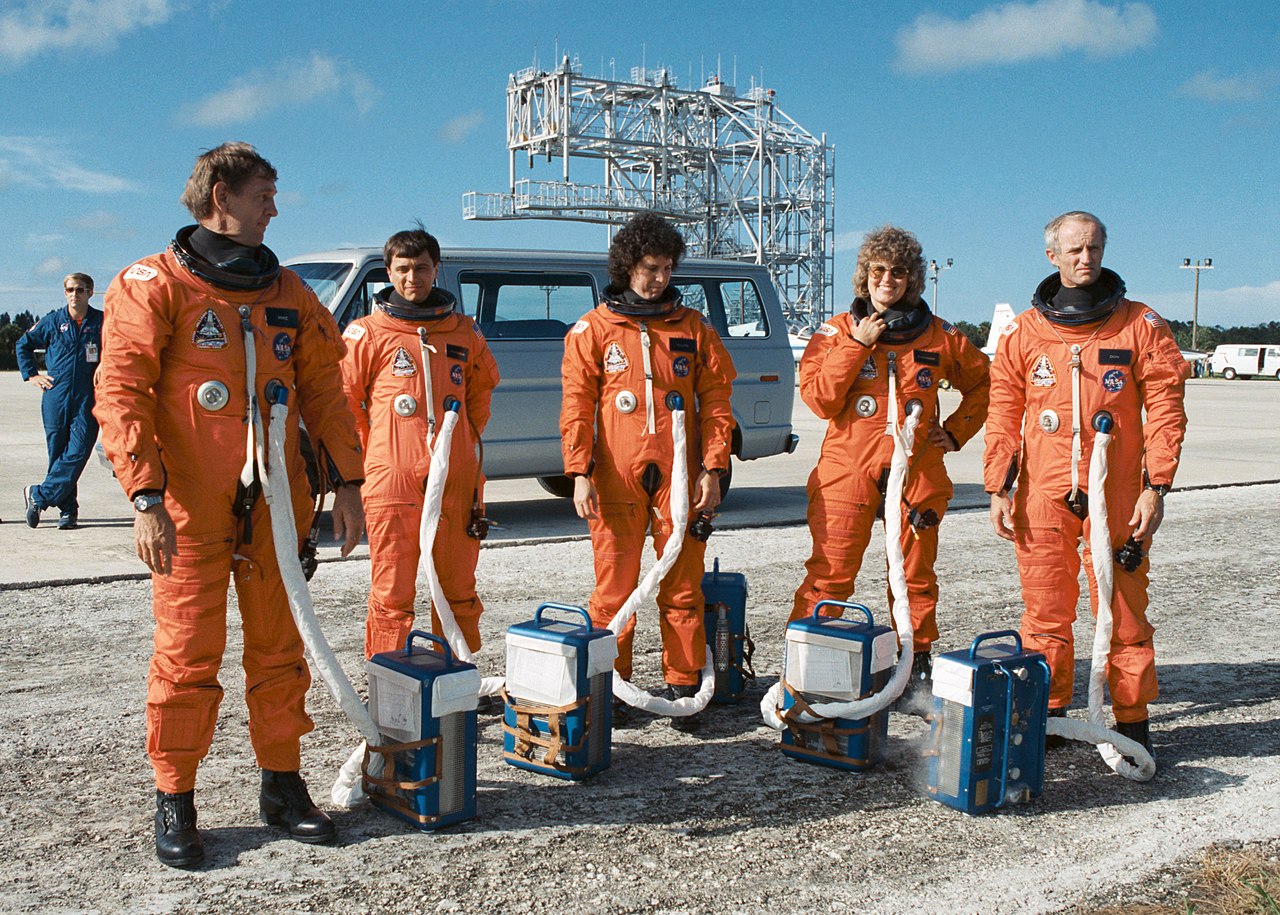
In December 1981 the Office of Management and Budget relented, reinstated Galileo and rescheduled its launch for 1983. But there was a caveat: Galileo would not use the Centaur-G Prime. In January 1982, NASA rescoped the mission and returned to the less powerful IUS fitted with a third, “injection stage” for enhanced propulsion. As a consequence, Galileo’s launch was rescheduled for August 1985, but the absence of the Centaur meant it would take five years—instead of two—and the spacecraft would be injected into a two-year-long elliptical solar orbit, would require a gravity assisted boost from Earth in June 1987, before finally reaching Jupiter in January 1990.
By mid-1982, some members of Congress—led by New Mexico Sen. Harrison “Jack” Schmitt, a former Moonwalker and chairman of the Senate Space Subcommittee of the Science, Commerce and Transportation Committee—were pushing vigorously for a return to the Centaur and its capability to deliver a reduced journey time. Despite worries about additional expense in changing boosters yet again, not to mention concerns about further delays to the mission, in July then-President Ronald Reagan approved the move and NASA was forced to replan. The Centaur would be used to lift Galileo, but launch was unavoidably postponed until May 1986, with a two-year flight to Jupiter.
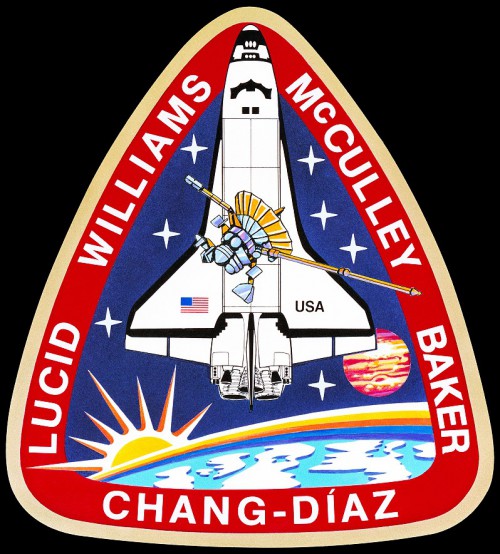
At this stage, the mission truly entered the phase of equipment testing. In early 1983, the parachute for the instrumented probe—which would descend into Jupiter’s hellish atmosphere—successfully passed full-scale tests and by September the main spacecraft and probe were integrated. A model of the Centaur passed its own tests in September 1984 and the actual flight model rolled out of General Dynamics’ plant in San Diego, Calif., in August 1985. By this time, the Galileo mission had picked up several other tasks, including a potential flyby of the asteroid Amphitrite, which if implemented would delay the arrival at Jupiter from August to December 1988. It was decided to make a final decision about the Amphitrite flyby after Galileo had been launched. In December 1985, the spacecraft was transported across the United States by truck, guarded by police and state troopers, and arrived at the Kennedy Space Center (KSC) for launch the following May.
When shuttle Challenger was lost in January 1986, Galileo was deep into its final pre-launch checkout and almost ready for integration with the Centaur-G Prime. Shortly after the tragedy, NASA Acting Administrator William Graham spoke of the possibility of returning the shuttle to flight in early 1987, which kept open the slim chance that Galileo could launch in time for the next Jupiter “window” in June of that year. Unsurprisingly, however, the mammoth task of modifying and recertifying the shuttle’s Solid Rocket Boosters (SRBs) and the orbiters themselves pushed the Return to Flight (RTF) date further to the right. And in June 1986, newly-appointed NASA Administrator Jim Fletcher formally canceled the Centaur-G program, which left Galileo—for now—without a booster.
One potential solution was to “enlarge” the IUS, possibly with an additional booster, such as a Special Payload Assist Module (PAM-S). However, the IUS remained insufficient to send Galileo directly to Jupiter and alternate trajectories, involving planetary gravity assists, were explored. Even before NASA settled on October-November 1989 as the most appropriate “window” for Jupiter, the Galileo team was already working to this date, creating a complex flight profile, known as Venus-Earth-Earth Gravity Assist (VEEGA), in which the spacecraft would flyby Venus in February 1990, return to Earth the following December, then enter a two-year elliptical solar orbit. Returning a second time to Earth in December 1992, it would pick up sufficient energy to reach Jupiter in December 1995.
VEEGA was highly conservative of Galileo’s on-board propellant, with predictions indicating that up to 176 pounds (80 kg) would remain, even after the arrival at Jupiter and completion of its primary mission. The trajectory also permitted possible rendezvous with up to three asteroids—Ausonia, Gaspra and Ida—and eventually the latter two were selected. However, since the spacecraft would fly much closer to the Sun than had been planned, additional thermal shielding had to be added to Galileo. It is also interesting that Galileo leapfrogged the Ulysses solar polar mission (which also required a Jupiter rendezvous) in the launch pecking order. This decision was based upon the optimization of data-return from the two missions; since Galileo would take far longer than Ulysses to reach its destination, it made sense to get it on its way sooner. Consequently, Ulysses was assigned to the next available Jovian launch window in October 1990.
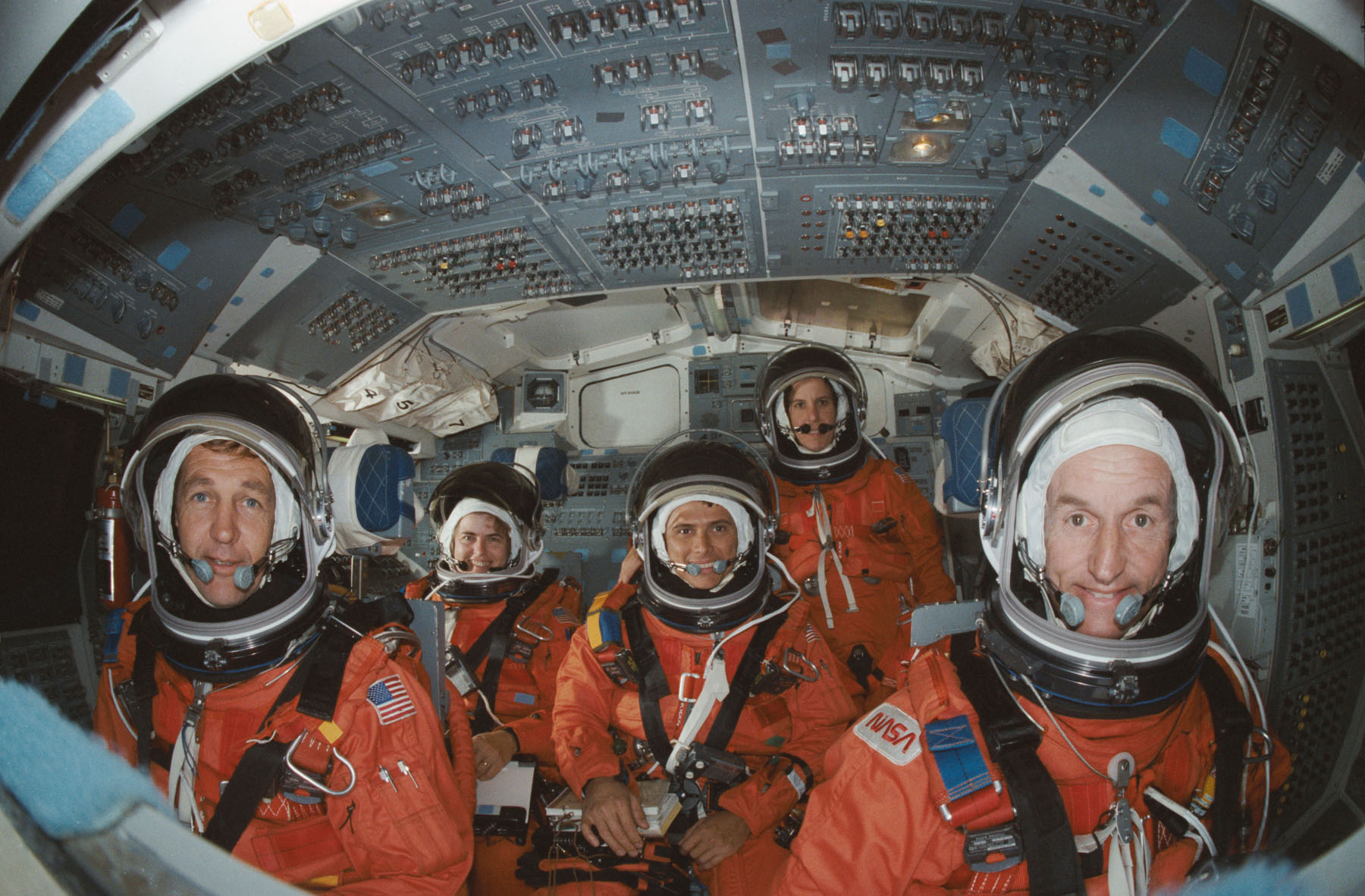
In November 1988, NASA announced three veteran astronauts and two first-time “rookies” to crew STS-34, which would deploy Galileo. Commander Don Williams would be joined by Pilot Mike McCulley and Mission Specialists Shannon Lucid, Franklin Chang-Diaz and Ellen Baker. Over the course of the following year, they trained extensively for the flight, tracking a precise launch window which opened at 1:29 p.m. EDT on 12 October 1989. However, there was concern from another source. Galileo’s Radioisotope Thermoelectric Generators (RTGs) provided a plutonium power source, since solar arrays would be impractical at Jovian distance, but in the late 1980s “nuclear” remained a dirty word and anti-nuclear protest groups congregated at the gates of the Kennedy Space Center (KSC) in Florida in the final weeks and days before STS-34 took flight.
It was not a foolish fear and the celebrated physicist Carl Sagan remarked that “there is nothing absurd about either side of this argument”. The Soviet Union’s nuclear-fueled Cosmos 954 satellite had made a messy crash in Canada several years earlier and it was President George H.W. Bush himself who issued the final authorization for Atlantis’ launch to proceed.
The Jupiter launch window closed on 21 November 1989, after which the next opportunity would not open until 1991, so there existed a very real risk that Galileo could be canceled. As circumstances transpired, a faulty SSME controller put paid to the first launch attempt on 12 October and T-0 was rescheduled for the 17th, and eventually the 18th, when rain showers crept close to the Shuttle Landing Facility (SLF). Efforts by the anti-nuclear groups to stop the launch were overturned during these days by Circuit Court of Appeals in Washington, D.C., and Chief Justice Patricia Wald summarized that she had found no evidence that NASA had improperly compiled its environmental assessment reports for Galileo.
All eyes were now on Atlantis as the morning of 18 October 1989 dawned. It would be the start of a dramatic decade-and-a-half-long voyage through the outer Solar System to reveal the majesty of the largest planet in the Sun’s realm.
The second part of this article will appear next weekend.
.
.
FOLLOW AmericaSpace on Facebook and Twitter!
.
.




